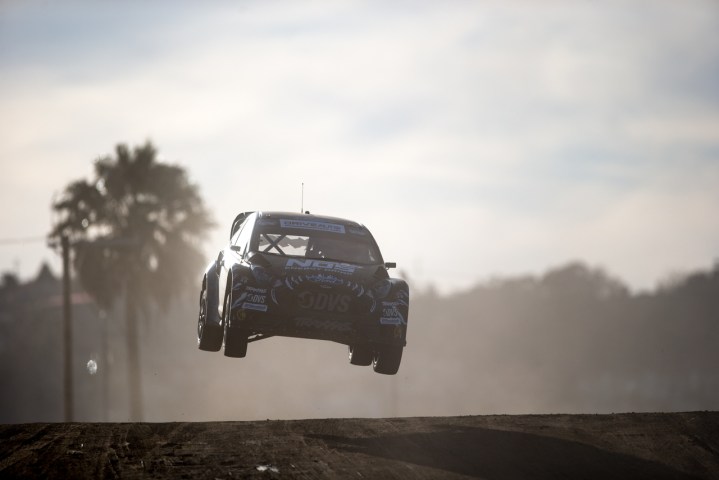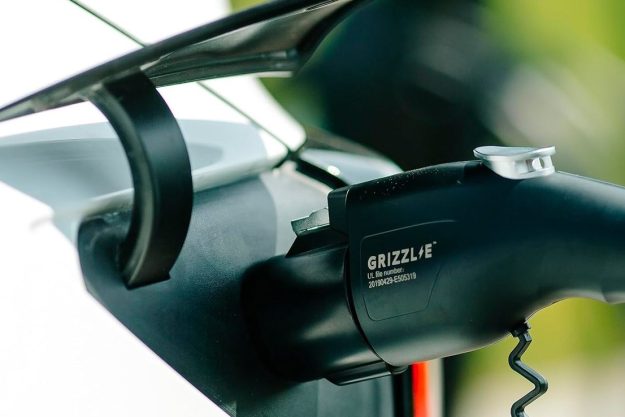
Red Bull Global Rallycross (GRC) will add a standalone EV class for the 2018 season, the series announced today, with the new category getting dirty alongside the current Supercar and GRC Lite classes during race weekends. Typically running from May to November, Global Rallycross is known for close-contact and high-altitude racing over varied surfaces, so the addition of EVs should add a jolt of adrenaline to an already thrilling competition.
“Red Bull Global Rallycross is pleased to add to our rallycross platform an electric series,” said Red Bull GRC CEO Colin Dyne. “The 2018 season will be a landmark year for us as we welcome electric vehicles to the grid for the first time. The electric car is one of the hottest topics in the automotive industry, and manufacturers across the globe have recognized its immense potential. We want to embrace this technology by welcoming it into our series as we continue to grow and expand.”
No drivers or manufacturers have been confirmed for the EV category yet, but automakers Ford, Volkswagen, Hyundai, Chevrolet, Subaru, and Honda compete regularly, and each of them has a bevy of electrified tech in their arsenal. What will an electric rally car look like? It’s hard to say as class guidelines haven’t been established, but given that gas-powered GRC produce 600 horsepower and can sprint to 60 mph in 1.9 seconds, their battery-powered equivalents should be plenty of fun indeed.
“Our small displacement, high-horsepower, turbocharged engines allow our manufacturers to showcase the performance capabilities of their current millennial-focused offerings, and provide a glimpse into the exciting future of the automotive industry,” continued Dyne. “This electric series will add a new dynamic that will never replace the current formula, but will be an important part of our expansion.”
EVs operate in near silence, but clearly, these zero-emission GRC races are going to make a ton of noise.


